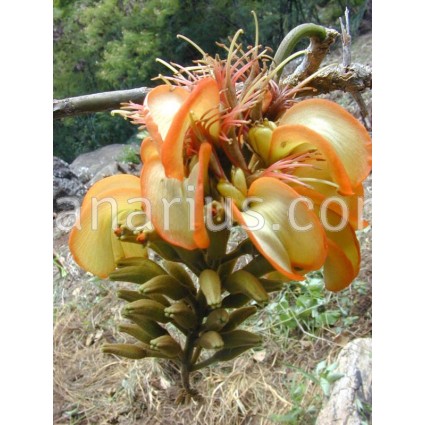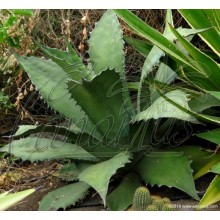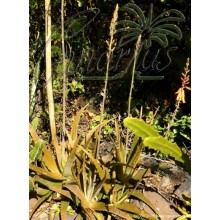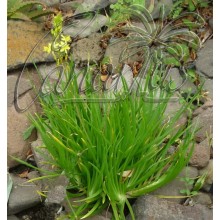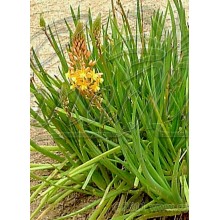Erythrina sandwicensis
Wili-wili, or Erythrina sandwicensis is endemic to the dry side of the Hawaiian Islands. It is almost a succulent plant, as it often grows on dry lava rock, with a thick trunk. Flower colours range through different hues and each specimen is different: they can be Green to Yellow to different types of Orange.
Nuovo
Wili-wili, or Erythrina sandwicensis is endemic to the dry side of the Hawaiian Islands. It is almost a succulent plant, as it often grows on dry lava rock, with a thick trunk. The bark is beautiful, corky or glossy, often with an orange colour. Flower colours range through different hues and each specimen is different: they can be Green to Yellow to different types of Orange.
How to grow Erythrina sandwicensis
Erythrina sandwicensis is a deciduous small tree, but it can shed leaves once or twice a year, at any time. In Hawaii (and somehow here in Tenerife too) is leafless in the hot dry summer, and leafy in the not-so-cool wet winter. It grows on lava rocks, so drainage is important. But it has no real rules !
In Europe you can make it grow in summer, so keep it slightly moist, in well drained soil, in full sun, and start drying it out when autumn comes in. Don't expect many leaves at first. It grows a flush, then it stops and starts to swell the stem for a long while. It is easy but quite slow if compared to other erythrinas.
Piture from Wikipedia: "Erythrina sandwicensis flower" by Marshman at en.wikipedia / Eric Guinther - Transferred from en.wikipedia. Licensed under CC BY-SA 3.0 via Wikimedia Commons - https://commons.wikimedia.org/wiki/File:Erythrina_sandwicensis_flower.jpg#/media/File:Erythrina_sandwicensis_flower.jpg
| Coltivazione | Protetta |
| Origine della pianta | Oceania |
| Presentazione | Pianta in vaso |
| Dimensione massima | 300cm e più |
| Famiglia botanica | Fabaceae |
| Luce | Sole |
| Temperatura minima in inverno | 0 ºC a 15 ºC |
| Stagione della fioritura | Primavera |
| Tipo pianta | Legnose |
| Colore | Arancione |
| Cura | Bassa manutenzione |
| Forma | Alberi |















